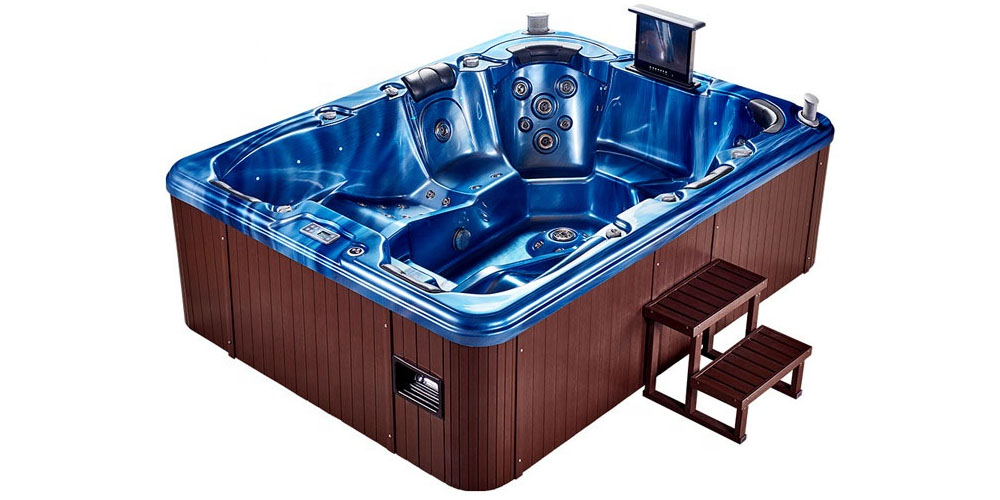Materials management in a conventional injection molding process production can account for a substantial fraction of work time. And the transportation and maintenance of molds and tools can be responsible for a considerable portion of manufacturing costs.
Installing a vertical storage and retrieval system as a substitute for traditional drawers, shelf, and mold racking systems can result in more effective item storage, processing, and recovery.
Tower platforms, when correctly designed and incorporated into everyday work, may alleviate many of the challenges related to inefficient floor space usage, efficiency demands, unified storage rooms, and knowledge and stock planning. A smart mold racking system may drastically cut operational expenses during the process.
Why choose Vertical Systems?
One of the major reasons to choose a vertical system is the increased space efficiency it provides. Based on useable building interior heights, a large portion of the utilized floor area of a typical storage device can be reclaimed.
Reclaimed floor space can be shifted from inventory-related duties to value-adding production processes. Increased space use could also increase the functional life of existing structures, minimizing the need for costly brick and mortar development to meet growing demands.
In many businesses, stocks can be minimized since elevated platforms are completely enclosed and secured to protect items from external risks and avoid die and mold corrosion and pilfering. Using automated choosing procedures to increase stock rotation.
When considering the implementation of a vertical storage and retrieval system, there are several crucial elements to consider. A well-executed approach to planning and specifying can significantly improve the advantages these devices provide. Bring in a professional to assist you to design a system after you’ve identified your specific storage and retrieval needs.
Choosing a vertical system properly
Because vertical systems may be outfitted with a wide range of shelf designs, item characterization is utilized to tailor the system to the requirements. Are the things to be housed, for instance, strange or regular sizes? Are they unfastened, demanding the need of a box or a duffle? Size is another factor to consider. Average mass density data is calculated. However, you need to specify technical details to estimate shelf or tray-loading demands properly.
Size
The actual arrangement of the equipment room must also be considered. The expanding access to the building’s interior will decide the elevation of the modules and the overall number of racks permitted in each unit at a certain spacing.
A high storage and retrieval solution, for example, reduce up to 100 shelf pieces in a building with a ceiling depth of 40 feet, leading to a capacity efficiency of up to 929 square feet, or 91 percent.
Material
The layout and type of storage container are important. However, you should also think about the construction materials and attachments needed to improve the shelf and give additional alternatives and assistance. Even though most shelves are made of steel, there are several varieties of metal.
Roll-formed steel might lead to significant savings if you’re on a tight budget. This variant is mass-produced by companies. They use a roll-forming machine, making it less expensive than customized designs. Although it is less pricey, it is still a long-lasting alternative that complies with all health and safety laws.













